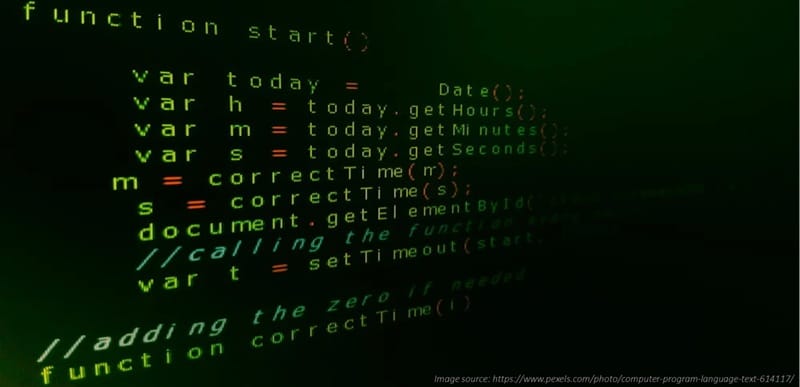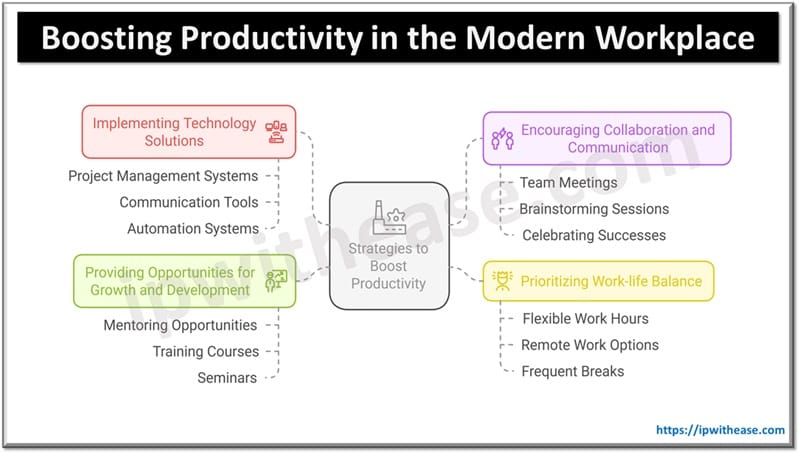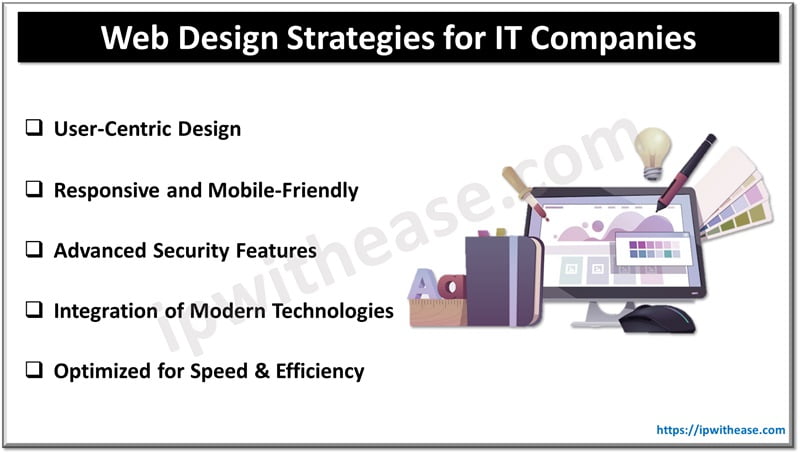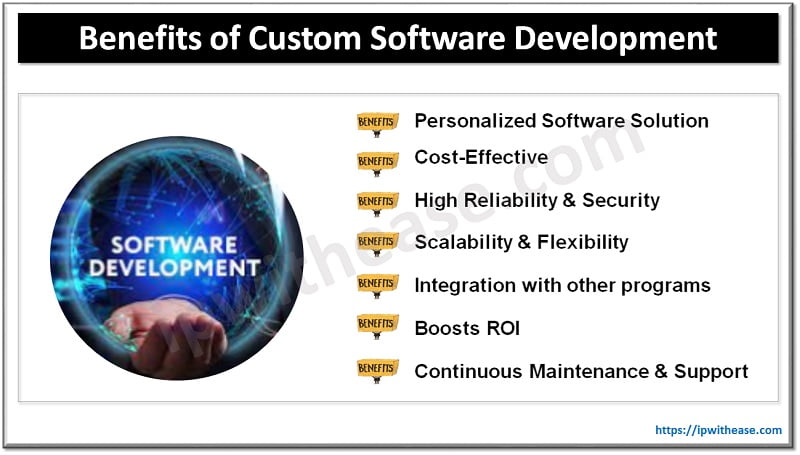Table of Contents
Companies today rely on digital systems more than ever. But with that comes risk. Real risk. Sensitive data, employee records, financials, operations – everything lives online now. That creates a very large surface to hit. And it gets hit. A lot.
It’s easy to forget just how often attackers win. Breaches don’t always make headlines. But they happen. To big firms. To tiny startups. No one gets skipped. No one’s immune. Doesn’t matter if your systems are in the cloud, hybrid, or locked in some closet server rack. Someone’s scanning for a way in.
And many times, they find it.

Digital Defense Considerations
A curated plan for digital defense is the need of the hour. Some of the important considerations to keep the digital systems safe are:
Human Mistakes Still Hurt the Most
You can blame the tech all day. But people click. People forget. They reuse passwords. They write stuff down. They give access to someone they shouldn’t. The list is long. It’s not even always dumb stuff. Sometimes it’s just rushed work. Too many tabs open. Too many Slack pings. Stuff falls through.
Attackers know this. They wait. They watch. One user messes up, and they’re in.
Training helps. It really does. But you can’t rely on perfection. You have to build around failure. Assume someone’s going to open the wrong file. Or accept the wrong login attempt. Plan like that’s guaranteed.
Patch Management Can’t Be Ignored
One of the easiest ways in? Outdated software. It happens all the time. Some forgotten endpoints. One unpatched driver. A vendor tool that got skipped because patching it breaks something else.
This is where patch management software changes the game. It automates updates. Tracks versions. Flags problems. Pushes fixes on schedule. And make sure the right machines stay current.
A good system lets you see everything. OS patches. Third-party apps. Firmware. It gives control. You can stagger deployments. Roll back updates that break stuff. Run dry tests first.
You stop relying on some spreadsheet from six months ago or someone’s memory. The software handles the bulk. Humans just supervise. That’s how mistakes shrink. Downtime drops. Gaps close.
And yes, there will still be issues. Sometimes the patch fails. Sometimes it needs a reboot and the system can’t go down. But those are manageable. What’s not manageable is leaving known exploits wide open for weeks because nobody followed up.
Patch management doesn’t sound sexy. It’s boring, frankly. But it’s one of the best defenses you can buy. One that really works every single day.
Defense Starts at the Basics
Everyone wants to talk about zero trust and threat intelligence and AI. Those things matter. But most successful attacks don’t start with magic. They come through old bugs, missed patches, stolen creds, weak MFA policies, or no MFA at all.
You don’t need cutting-edge malware to break into a place that’s three weeks behind on updates. Or where default passwords are still in place. Or where nobody’s watching the logs.
So yeah, posture starts basic. Close the doors. Lock the windows. Don’t leave your keys under the mat. Most companies still do.
Don’t Overlook Device Sprawl
Laptops. Phones. Tablets. BYOD. Temporary access for contractors. Test environments. IoT devices. It piles up.
Most companies lose track of what’s connected. Or who owns it. Or what rights it has. That’s dangerous. Every new device increases risk. Especially the unmanaged ones. One compromised phone with access to Teams or Google Drive is all it takes. So devices must be tracked. Enrolled. Controlled. Wiped if stolen or lost.
Not every business does this well. Some try. But their systems are fragmented. Or they rely on manual processes. Inventory should be automated. Rules should be enforced. That includes geofencing, access expiration, encryption at rest, remote locking. The works.
You can’t defend what you don’t even know you have.
Detection Without Delay
Once inside, attackers don’t waste time. They escalate privileges. They probe for access. They move laterally.
If your systems can’t spot the signs like strange logins, new processes, traffic spikes, you lose the chance to react. This is where real-time monitoring matters. Not just dashboards. Actual alerts. With thresholds tuned. With false positives reduced. And with a process to investigate fast.
Many orgs get alerts they never even read. The flood of noise buries the signals that matter. So tune the system. Audit alerts regularly. Assign owners. Build rules that catch the weird stuff. Not just the obvious. And if you don’t have time for this? Outsource it. It’s better to pay for help than miss something huge because you were too busy.
Limit Access. Really Limit It.
Users get more access than they need. It happens constantly. “Just for now” turns into forever. Temporary becomes permanent. This goes for users, apps, devices, vendors; everything.
Start with least privilege. Build from there. Remove local admin. Expire accounts automatically. Review rights monthly. Alert on privilege changes.
Yeah, it’s annoying. People will complain. But attackers love when rights are loose. Makes their job easy. Control it now, or you’ll regret it later.
Backups Don’t Matter If You Never Test Them
This one feels basic. But it’s missed all the time. Firms think they have good backups. But when they try to restore, something breaks. Or the files were corrupted. Or only partial data was captured. Or the restore point was too old.
Backups are a defense. But only if they work. So test them. Regularly. Run mock recoveries. Rotate storage. Keep cold copies offsite. Encrypt them.
This isn’t optional. Ransomware hits everyone eventually. If backups don’t work, you’re stuck.
Security Isn’t Static
Even with solid tools and tight processes, you still need to adjust constantly. Threats shift. Tech changes. Business needs evolve. That means regular reviews. Update policies. Audit tools. Reassess vendor security. Train again. Rotate credentials.
Security isn’t something you finish. It’s ongoing. And it’s very easy to get lazy once nothing happens for a while. That’s when mistakes pile up quietly. So stay a little paranoid. Question the things that seem “fine.” Revisit decisions from last year. What worked then might be weak now.
Mistakes Happen. Build Around Them.
No system is perfect. No team catches everything. People will forget. Miss alerts. Approve the wrong request. That’s life. So build defense in layers. Don’t rely on one control. Assume at least one will fail.
Logs need to be retained. Alerts duplicated. Critical systems segmented. MFA is enforced even for internal apps. Even for developers. The point isn’t to avoid every mistake. It’s to absorb them without catastrophe.
Cybersecurity isn’t about being invincible. It’s about being resilient. Able to take hits, recover fast, and learn from every mess.
Use strong tools. Enforce good practices. Automate what you can. Limit who gets in. Watch everything. And patch like your business depends on it, because it does. Digital defense isn’t a side project anymore. It’s survival. So take it seriously. Act before the breach, not after.
ABOUT THE AUTHOR
IPwithease is aimed at sharing knowledge across varied domains like Network, Security, Virtualization, Software, Wireless, etc.



